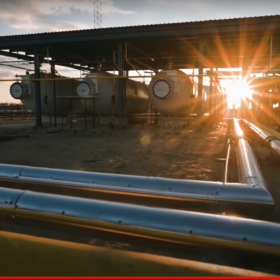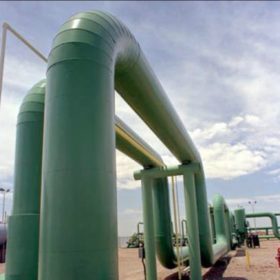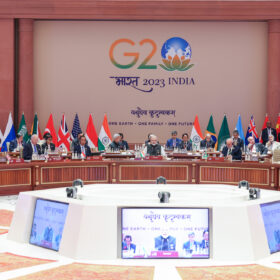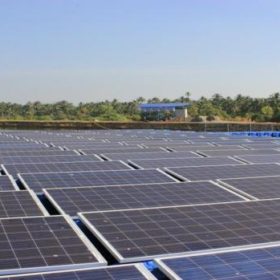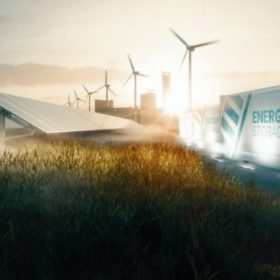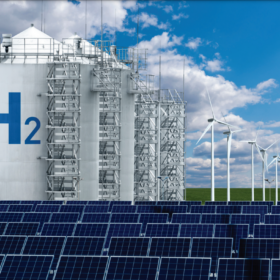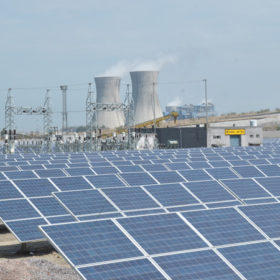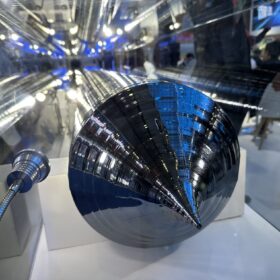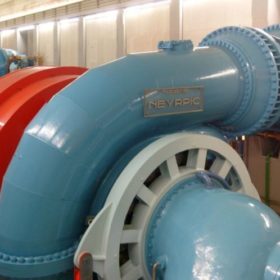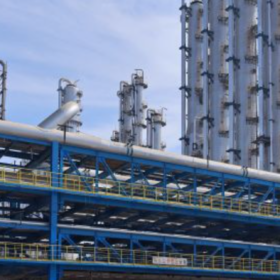PHDCCI makes recommendations for fast-tracking India’s National Green Hydrogen Mission
The PHD Chamber of Commerce and Industry (PHDCCI) has recommended nil import duty for electrolyzers until 2030 and zero goods and services tax (GST) for green hydrogen/ammonia. It has also proposed the inclusion of green hydrogen derivatives in the list of activities eligible for carbon credit trading, among other suggestions.
NTPC, Nayara Energy sign MoU on green hydrogen production
NTPC Green Energy Ltd (NGEL) will collaborate with Nayara Energy, an oil refining and marketing company, to produce green hydrogen for Nayara Energy’s captive usage.
G20 to pursue tripling of renewable energy capacity globally by 2030
The leaders of G20 nations noted the climate finance requirements of developing countries. They agreed to work towards facilitating low-cost finance for energy transition in developing nations.
NTPC, Chidambaranar Port collaborate to develop green hydrogen hub
NTPC Green Energy Ltd (NGEL) will collaborate with V.O Chidambaranar Port Authority (VOCPA) to develop a green hydrogen hub at VOCPA, Tuticorin, in Tamil Nadu.
Avaada Group to set up green hydrogen, ammonia plant in Odisha
Avaada Group has signed a Memorandum of Understanding (MoU) with Tata Steel Special Economic Zone Ltd to establish a green hydrogen and ammonia production unit at Gopalpur Industrial Park in Odisha
Jakson Green hits INR 5,000 crore renewable order book within a year
Jakson Green has won utility-scale renewable EPC projects in West African, the Gulf Cooperation Council (GCC), and Commonwealth of Independent States (CIS) countries, in addition to significant solar contracts in Madhya Pradesh and Gujarat.
The Hydrogen Stream: Gulf nations moving forward with tech cooperation
Acwa Power and Eni have signed a hydrogen development deal, while AFC Energy has signed an agreement with Tamgo to sell hydrogen generators.
Uniper to build Germany’s largest PV plant
Uniper plans to power a green hydrogen production facility in the German state of Lower Saxony with 317 MW of solar.
Andhra Pradesh requires $10-15 billion to achieve green hydrogen capacity of 500 ktpa by 2030
Andhra Pradesh requires an estimated $10-15 billion to achieve 500 ktpa green hydrogen capacity by 2030. Around 70% of this investment will be needed to create renewable energy infrastructure such as solar and wind power generation plants, with the balance for electrolyzer capacity additions.
NTPC, OIL sign MoU for renewable energy and green hydrogen
NTPC and Oil India Ltd have signed a Memorandum of Understanding to explore collaboration in renewable energy, green hydrogen and other areas as they eye increased footprint in the renewable energy domain.
